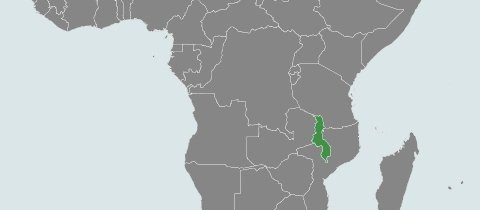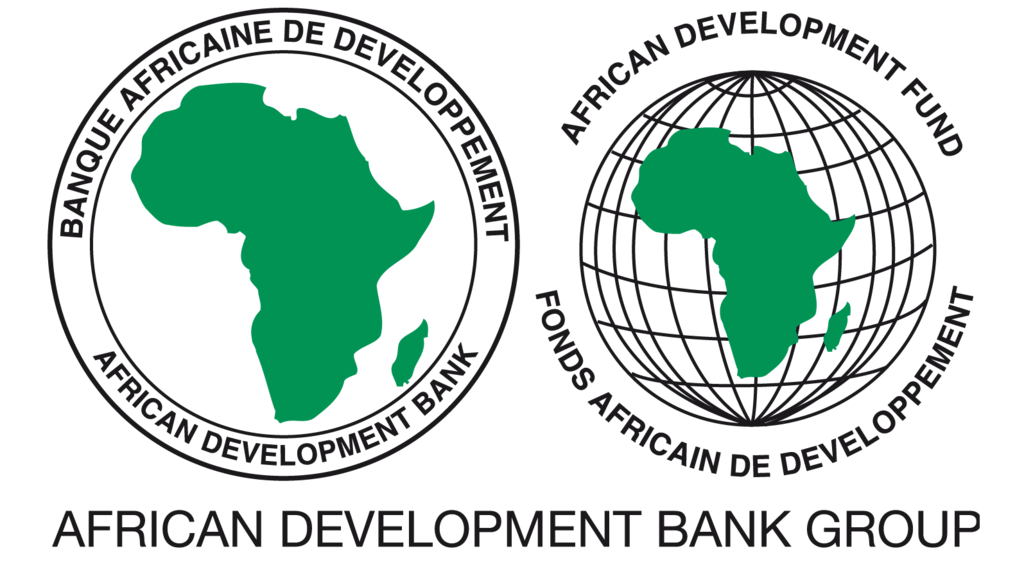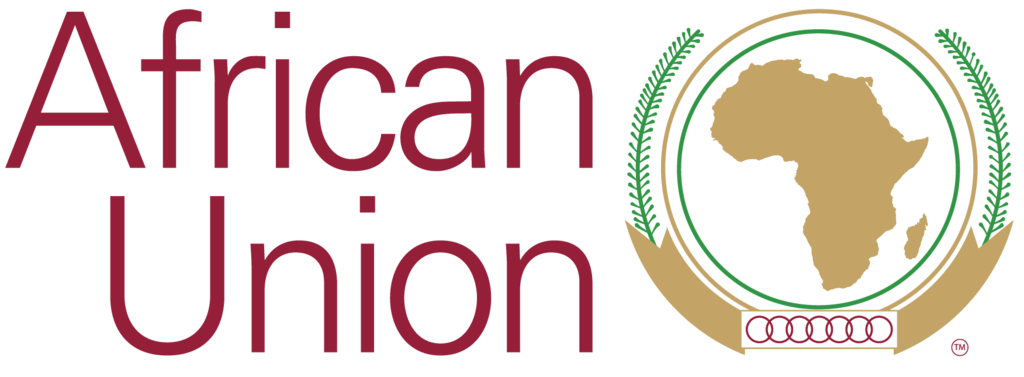At a glance
Malawi is one of the least electrified countries globally currently at 11% overall, with 42% of the urban and only 4% of the rural population connected to electricity.
In terms of energy supply, the Malawi Energy Policy indicates that approximately 85% of energy comes from biomass largely exploited in a non-sustainable manner. Imported petroleum account for 3.5% of the energy and electricity produced from hydro power accounts for 2.3% of all energy.
Malawi embraced the SEforALL initiative, a Rapid Assessment / Gap Analysis of the energy sector was produced in 2012 and updated in 2015 and provides a brief look of the energy situation in the country and a good estimate of the main challenges and opportunities vis-à-vis the three goals of SEforALL where the major investments, policies and enabling environments will be required. Subsequently, in 2015 the country embarked in the process of developing its national SEforALL Action Agenda and Investment Prospectus, following a wide national consultative process and with the technical assistance of the SEforALL Africa Hub. The Action Agenda will be used to guide policy development, program design and investment in sustainable energy in the country. It has been finalised and is expected to be validated before the end of 2018. The Investment Prospectus is under development.
The SEforALL implementation is followed by a focal point in the Ministry of Natural Resources Energy and Mines.
Location

Country contacts
Department of Energy Affairs
Ministry of Natural Resources Energy and Mines
| SEforALL Action Agenda Objectives | 2030 |
|---|---|
| Electricity Access, national | 31.6% |
| Access to non-solid fuels, national | 20.2% |
| Renewable Energy Output | 83% |
| Renewable Energy Consumption | 23% |
| Energy Efficiency | -45.8 |
| Country Action Documents | Status |
|---|---|
| Rapid Assessment | Under Development |
| Action Agenda | Under Development |
| Investment Prospectus | Under Development |
Documents
No documents to display at present.
Country statistics
| Series | 2010 | 2012 | 2014 | 2016 |
|---|---|---|---|---|
| Access to electricity (% of population) | 8.7% | 7.4% | 11.9% | 11% |
| Urban (% of urban population) | 34.7% | 37.1% | 46.1% | 42% |
| Rural (% of rural population) | 3.5% | 2.3% | 4.7% | 4% |
| Access to clean fuels and technologies for cooking (% of population) | 2.7% | 3.0% | 3.2% | 2.5% |
| Population, total | 14.8 Million | 15.7 Million | 16.7 Million | 18.1 Million |
| Renewable energy consumption (% of total final energy consumption) | 79.7% | 81.2% | 80.6% | 78% |
| Renewable electricity output (% of total electricity output) | 91.1% | 91.1% | 91.4% | 98% |
| Electric power consumption (kWh per capita) | 99.1 | 93.1 | 86.8 | 103.6 |





